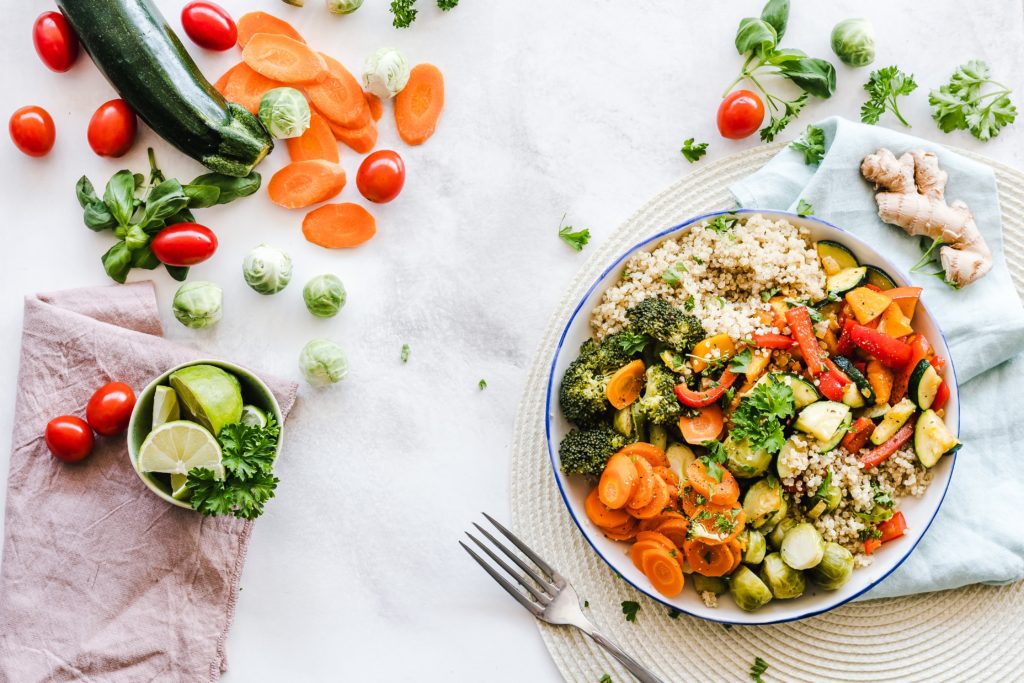What is DASH?

The Dash diet is a relatively new concept for a lot of people. As realization of the effect of a person’s diet making a difference in reducing various diseases or illnesses occur, food concepts or diet plans arise daily. DASH is an acronym for Dietary Approaches to Stop Hypertension. From its full meaning, it is evident that the DASH diet was created to treat or prevent hypertension or high blood pressure – equalling better heart health.
The main components of the DASH diet are fruits, vegetables, lean meats, and whole grains. Research over the years has proved that people who depended on a plant-based diet, such as vegans or vegetarians, had a lower risk of high blood pressure. This is why the DASH diet emphasizes fruits, vegetables and has its protein source from chicken, fish, and beans. The food recommended for this diet is low on salt, fat, added sugars and red meat.
It is believed that one of the primary reasons why people battle with hypertension is because of a high sodium intake, which this diet eliminates almost in its entirety. A regular DASH diet program encourages no more than one teaspoon of sodium (2,300 mg) per day.
Impact of the DASH diet in the body.
As a dietary plan, DASH is not only restricted to reducing high blood pressure; it could also help with weight loss and reducing the risk of cancer. Lowering blood pressure may reduce your risk of cancer, aid in weight loss, and reduces diabetic chances, as well as the risk of heart diseases.
It is worthy to note that the DASH diet is very effective when salt is taken in little quantities. Due to excessive weight gain having a history of promoting various heart diseases, as well as increase blood pressure, it is advisable to add a weight loss programs alongside the DASH diet for effective weight loss.
What to eat on a DASH diet?
It is said that the diet does not contain any particular food that you should eat; rather, the diet depends on the servings of different food groups. What this means is that there is not a specific group of foods you need to eat, but how often you eat them and the effect they have on your body. The number of calories contained in any food group will determine the number of servings you should eat. Here are some examples of what a DASH diet meal serving should look like:
Whole grains: 6-8 servings per day. Whole grains include whole grain bread, quinoa, oatmeal, whole grain breakfast cereals, bulgur, and brown rice.
Examples of servings:
1 slice of whole grain bread
1/2 cup of cooked rice, pasta or cereal
1 ounce (28 grams) of dry whole grain cereal
Vegetables: 4-5 servings per day. Vegetables are essential ingredients in the DASH diet.
Examples of servings:
1/2 cup of sliced vegetables — raw or cooked — like broccoli, carrots, squash or tomatoes
1 cup of fresh, leafy green vegetables like spinach or kale
Fruits: 4–5 Servings per day. A DASH diet must contain enough servings of fruits. These fruits include, but are not limited to, pears, pineapples, peaches, mangoes, apples, and berries.
Examples of a serving include:
1/4 cup of dried apricots
1/2 cup of fresh, frozen or canned peaches
1 medium apple
Other essential foods include dairy such as skim milk, low-fat cheese, and yogurt, nuts, legumes and seeds, protein like lean meat or chicken, eggs, etc.
If you are considering the DASH diet, reach out to Dr. Dharia and his team at Palm Beach Internal Medicine. They can help you decide if this is the right diet for you or refer you to a cardiologist if necessary.
